
Wastewater generated during the mining process primarily originates from tailings liquids, overflow from concentrate thickeners, filtrates from concentrate dewatering workshops, waste liquids from the main plant cleaning, and drainage from reagent dewatering during the mining process. The main pollutant in this wastewater is suspended solids, which are challenging to remove through natural sedimentation.
The filter press achieves wastewater treatment through the following principles:
1.Coagulation and Flocculation: Initially, coagulants are utilized to neutralize the negative charges on the surface of suspended solids, disrupting their stable dispersion state. This destabilizes the suspended particles and leads to the formation of flocs. The coagulants create a compressed double electric layer on the particle surface, facilitating the aggregation and flocculation of colloidal particles.
2.Separation: As the coagulants continue to grow, the volume of the formed flocs gradually increases. Once these flocs reach a certain size, a significant portion of the suspended solids settles and separates from the water under the influence of gravity. This effectively removes a substantial amount of insoluble particles from the wastewater.
The filter press further eliminates the remaining coagulants through the filtration mechanism. The filter media, such as filter cloth or filter screens, capture the residual solid particles, resulting in a more thorough treatment of the wastewater. The filter press plays a critical role in achieving wastewater treatment and purification in this process.
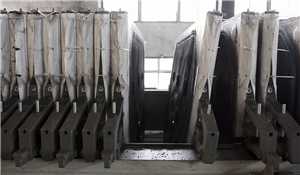
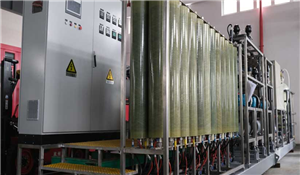
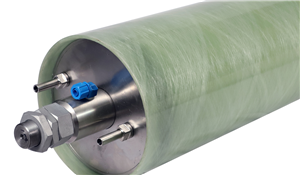
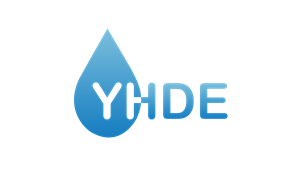


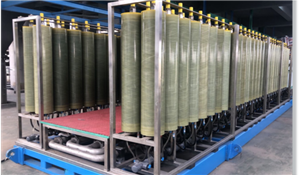
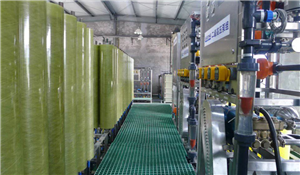
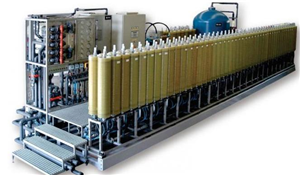
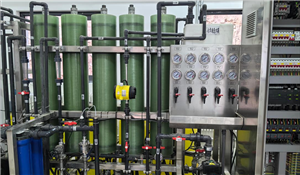


Henan Yuanhede Industrial Technology Co., Ltd.
East Industrial Park, Yuzhou City, Henan Province, China.
(+86)139 3822 7726
info@yhdegroup.com
www.yhdegroup.com